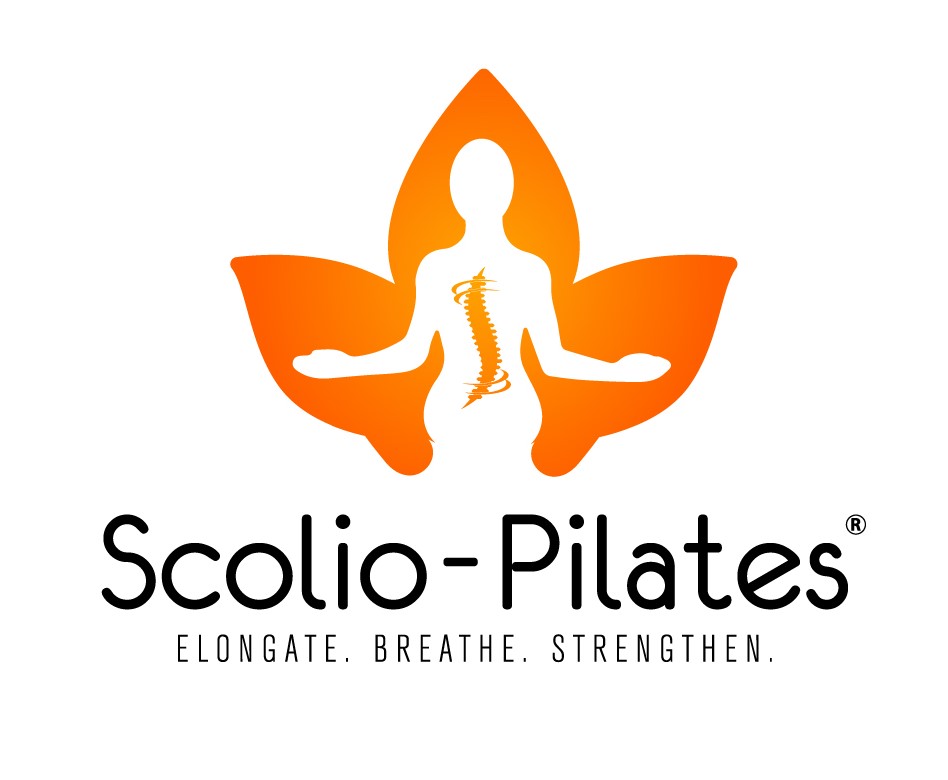Nerve pain can run the gamut and I’ve seen nerve pain stem from many sources. I am going to write about just one stemming from a current patient. The nerve pain is the result of a bladder ‘lift’ surgery that this patient had recently. During the surgery the nerve that feeds into the right side hamstring muscles (back of the thigh) was knicked (this is not sciatic pain). The result is burning pain and cramping in that leg. Sometimes she describes the pain as getting ‘zinged’ or a little bit of an electric shock. But what makes her have to stop what she’s doing and lie down is the cramping and the burning/ache in that leg. She has co me a long way with a 6-week Pilates program and the following notes will give you an idea of how we did it. Oh, she started Pilates as a last resort which is unfortunately, still usually the case with most people in pain. She had traditional physical therapy after surgery and then started Pilates about 6 months after surgery.
Her program:
- Hamstring activity. After checking her hamstring activity (firing v. not firing; weak v. strong) the right leg was definitely weaker than the left but not by as much as I would have thought. She was able to perform the same activities on the right that she did on the left but the right leg fatigued more quickly and the hamstring cramped easily (a sign of weakness). My favorite exercise for this? Initially side-lying leg work with a flexed foot at the front of the footbar or jumpboard. Once she was stronger, bridging.
- Gluteal activation/strength. With any sort of back pain or lower extremity pain it is wise to check the gluteals. Are they activating? Are they weak? Interestingly enough, when I was first training to be a Pilates instructor, there was a big movement to dis-engage the gluteals. There were signs posted in studios that said: No Gluteals Required. After about 10 years of working with fitness and rehab clients I really don’t understand what ‘no gluteals required’ was trying to accomplish. If the gluteals are not firing it is a sign of dysfunction. When performing hip extension while lying prone the first muscle to engage should be the gluteals followed by the hamstrings and then the muscles of the spine. My favorite exercise for this? Prone single leg hip extension on the long box with the head, c-spine and upper t-spine hanging towards the floor. No movement of the carriage, just like the position because it discourages, to a greater degree, spine engagement.
- Spine strength. Endurance of the spine needed to be improved as outside of her nerve pain, low back pain was second on the list. It makes sense that it would be, the hamstrings were weak and the gluteals weren’t helping out at all which leaves the low back muscles to pick up the slack. You might think with all the extra work these muscles were doing that the spine would be strong but no it was just tight and tight often is synonymous with weak. My favorite exercise? Back to prone on the long box with the upper body flexed (hanging) towards the floor. Extension to neutral only no farther. I rarely extend past neutral with any client. It’s an advanced exercise to be able to stabilize the lumbar spine to avoid ‘resting’ on the facet joints.
Well, that’s probably it for now. There’s a lot more to it, but this should get you started. Happy to answer any questions. K

